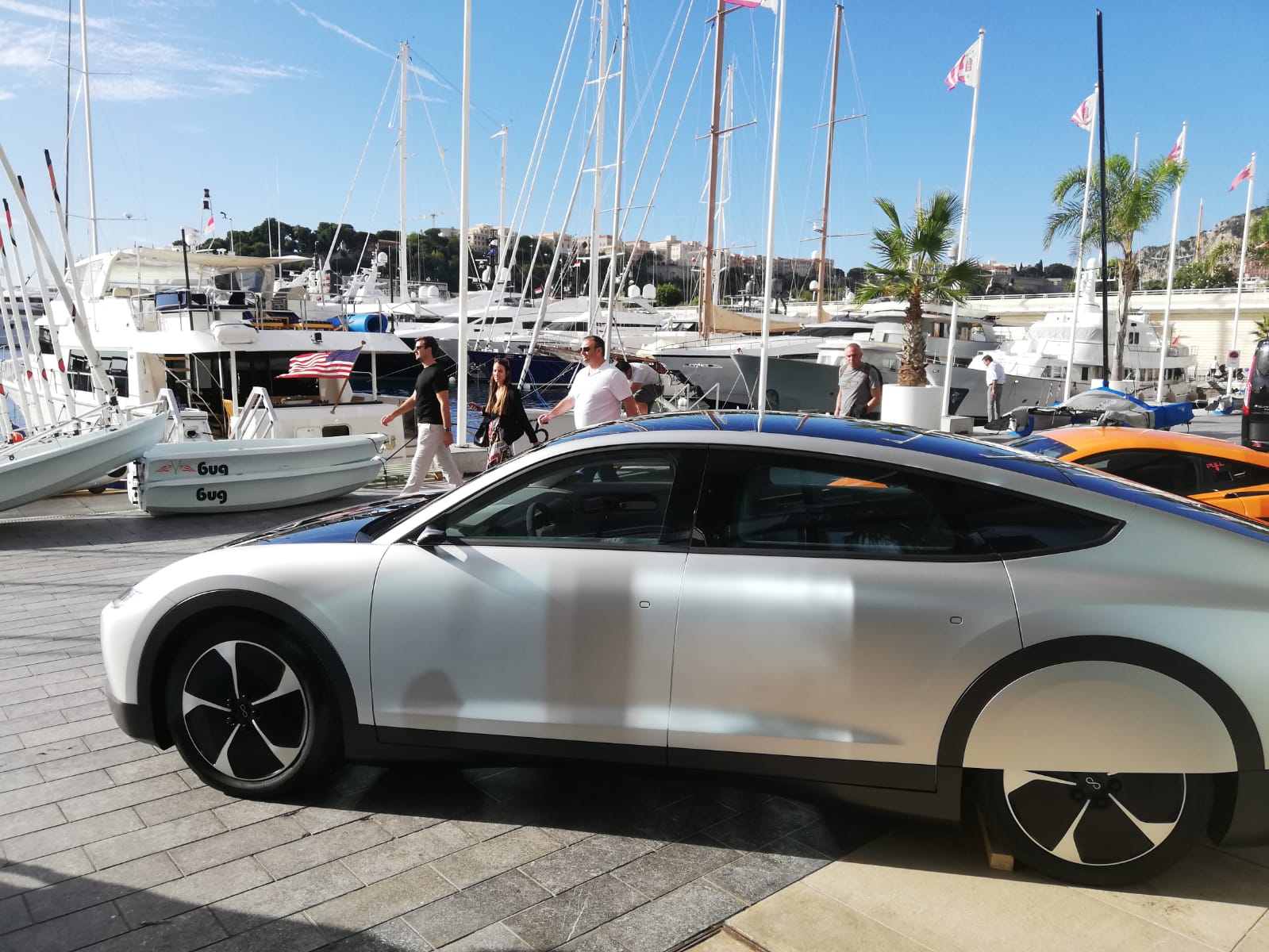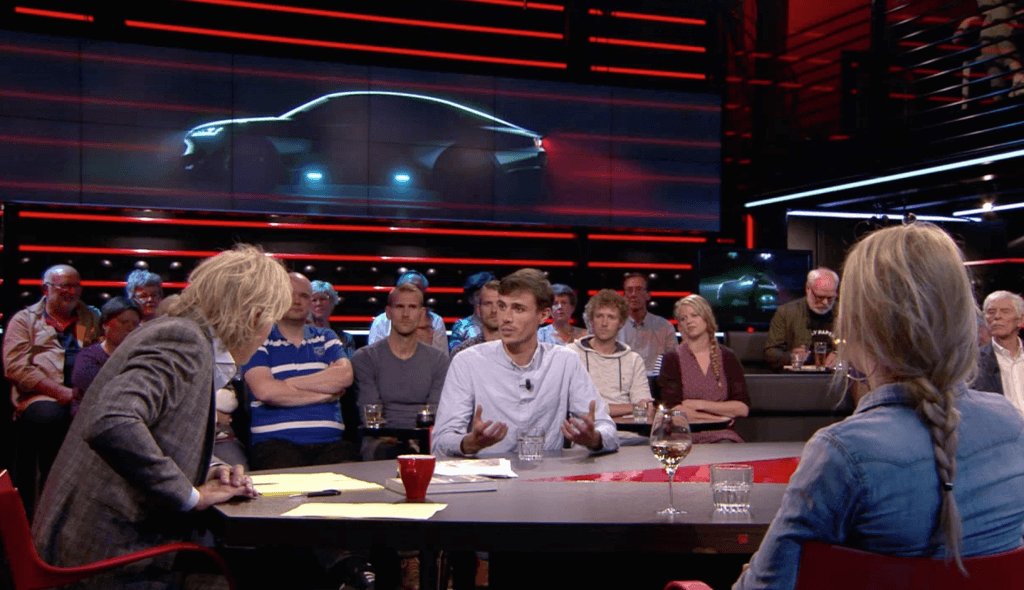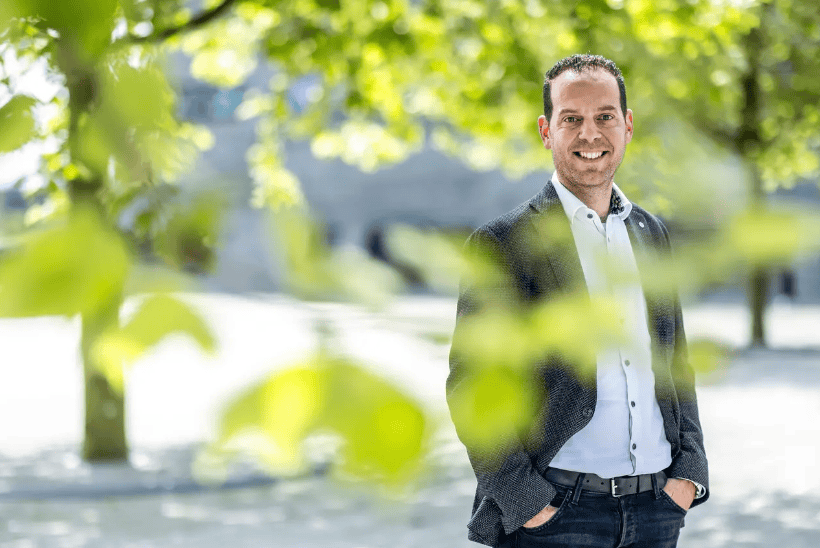
At the end of high school I had to choose what and where I wanted to study. I had an answer to the question ‘where,’ but the ‘what’ was a bit more difficult to answer. In the end, I chose the bachelor’s degree in Technical Innovation Sciences in Eindhoven. In other words, at the Technical University of Eindhoven. I did have some misgivings, as I didn’t really have the best qualifications to do a technical study (I got a 5 for math on my final exams, after all). But I had enough motivation to give it a try.
I wanted to do something about the energy problem. Yet in my first year I was worried that I wouldn’t manage to make it through to the energy subjects in my studies. These were courses at the faculties of Electrical Engineering and Mechanical Engineering, which put me off a bit.
Unconscious progression
After a year of studying architecture, I realized that it didn’t excite me at all and in the end I did decide to go down the energy route. Despite the few doubts I still had. Nevertheless, I did eventually finish it off properly after a few delays here and there due to my sideline activities. Thanks to all that, I became more and more enthusiastic about delving more deeply into the subject. That’s why I made the switch to a Master of Electrical Engineering. That seemed a very logical decision at the time … It was only when I remembered the doubts I first had when I started studying, that I realized that I had unconsciously progressed to a level that I had never expected to reach.
The last year of the Master’s program coincided with a year on the Blue Jay student team. In retrospect, that was a tremendously formative year.
Do the impossible
When we started out, autonomous indoor drones had never been built at the university before. The first step was to ask a lot of people for advice. At the end of the year, I learned from a number of people who had helped back then that they had never really expected it to work in practice. And deep inside I often had that feeling too. You just don’t see it happening in the near future. It taught me that you can really do the impossible if you get a bunch of motivated and talented people behind the same goal.
I have that same feeling of amazement and insight when I look back at my time with Lightyear. I am typing this blog on the back seat of Lightyear One, which is parked outside the entrance of the Monaco Yacht Club. Less than half a year ago, despite all the 3D models, simulations and rendering, I couldn’t even imagine that there would ever be an actual car to sit in.

Back to Palo Alto
“If what you are telling us is true, then that is spectacular. But we just don’t believe you can make a nice looking, comfortable car so efficient“. Those were the words of a major U.S. venture capitalist when we were there in discussions two years ago. After the meeting Arjo, Lex and I promised each other that, as soon as the Lightyear One was up and running, we would go back to Sand Hill Road in Palo Alto. And that is exactly what we will be doing at the end of October.
About this column:
In a weekly column, written alternately by Floris Beemster, Bert Overlack, Mary Fiers, Peter de Kock, Eveline van Zeeland, Lucien Engelen, Tessie Hartjes, Jan Wouters, Katleen Gabriels en Auke Hoekstra, Innovation Origins tries to figure out what the future will look like. These columnists, occasionally joined by guest bloggers, are all working in their own way on solutions to the problems of our time. So that tomorrow is good. Here are all the previous articles.







